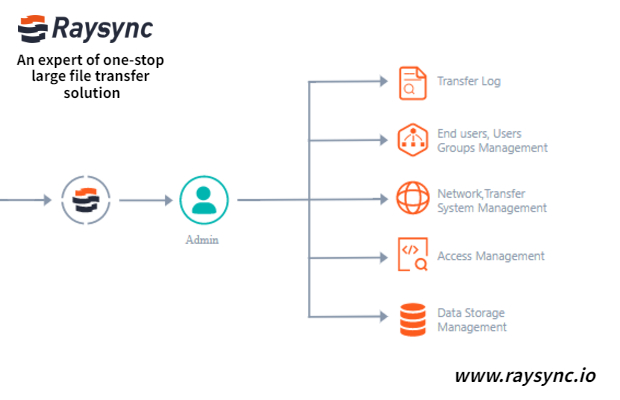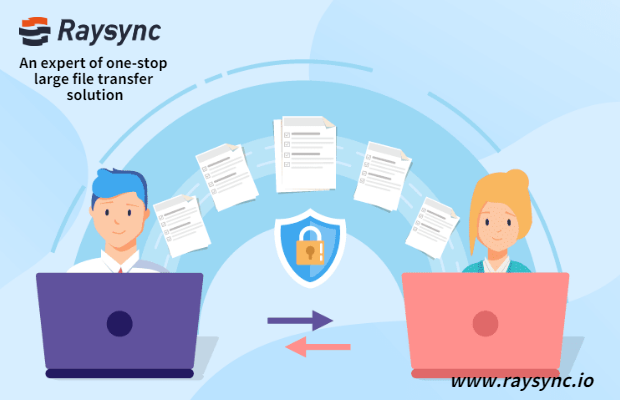What to do during enterprise data migration with many small files and slow replication?
February 2, 2024In this data-driven age, businesses face a common challenge: how to efficiently migrate and transfer a large number of small files. These small files on the server, although small in size individually, add up to take up massive storage space. Moreover, during migration, the copying speed of these files is often painfully slow. This not only affects the operational efficiency of the business, but it also may cause project delays and increased costs. So, why does this happen? What are the common solutions, and what are the advantages and disadvantages of each?
Part one: Two main reasons why the copying of many small files is slow
Limitations of network bandwidth: During data migration, if the network bandwidth is insufficient, then the speed of data transmission will be limited. Especially when the volume of data to transfer is enormous, this limitation is particularly evident.
Performance issues with the file system: Traditional file systems, when handling a significant number of small files, the management overhead of file metadata can cause performance degradation, hence affecting the speed of copying.
Part two: Businesses usually take the following measures
Method 1: Increase network bandwidth: This is the most direct method. Through upgrading network devices or increasing bandwidth, data transmission speed can be improved. However, this method is more expensive, and in some cases, even after increasing the bandwidth, the improvement on transmission speed can be limited due to network congestion or other factors.
Method 2: File packaging: Packaging multiple small files into one large file for transfer can reduce the number of file operations, thus enhancing transfer efficiency. But a downside to this method is that if you need to access a single small file in the file package, you'll need to unpack it first, which can cause inconvenience in some cases.
Method 3: Using professional data migration tools: There are some tools on the market specifically for data migration optimization. They can handle a large number of small files more effectively. However, these tools often require additional learning and configuration and may have compatibility issues.
Method 4: Distributed file systems: Using distributed file systems, such as Hadoop's HDFS, can distribute storage and processing of files across multiple nodes to improve efficiency. But this method's deployment and maintenance cost is high, and it may be overly complex for non-big-data scenarios.
Method 5: A superior solution—Raysync: Raysync is a high-speed file transfer software based on its proprietary Raysync transfer protocol. It is specifically designed to solve efficiency and security problems in big data transfer.
Advantages of Raysync:
High-speed transfer: Raysync can fully utilize network bandwidth, achieving 1Gbps transfer bandwidth for a single process/thread, supports horizontal expansion, and no upper limit on transfer capability. It can also maximize disk I/O to speed up the read-write of small files, transferring thousands of small files per second.
Stable and reliable: Raysync can automatically recognize network environments and data characteristics and adopt corresponding transfer strategies and parameters maintaining constant transfer performance. It also checks and corrects data errors through the XOR check technology, ensuring data integrity and consistency.
Security assurance: Raysync supports breakpoint resumption, error retransmission, encryption verification, ensuring the reliability, stability, security, and confidentiality of file transfer. It uses the SSL/TLS protocol for end-to-end encryption to prevent data theft or tampering during transmission.
High usability: Raysync provides a simple user interface and rich API interfaces, allowing users to easily create, manage, and monitor file transfer tasks. It also supports various transfer modes, such as peer-to-peer transfer, one-way synchronous transfer, two-way synchronous transfer, meeting different scenarios' data transfer needs.
Cost-effectiveness: In contrast with increasing network bandwidth or deploying a distributed file system, Raysync is less expensive and does not require additional hardware investment. It can help businesses reduce the substantial labor and time costs generated by the distribution, integration, and settling of data assets.
In summary
With its advantages of high speed, stability, security, ease of use, and cost-effectiveness, Raysync provides an ideal solution for business data migration and massive small file transfer. It can significantly improve data transfer efficiency and ensure data security, helping businesses maintain a leading position in the fierce market competition.
You might also like

Raysync News
January 12, 2021Support local storage and three-party cloud object storage, with its own configuration and flexible switching;

Raysync News
April 30, 2024Interview with the Hongli Animation Studios | Focusing on the Digital Transformation of the Media Content Production Industry.

Raysync News
August 13, 2021Raysync provides ultra-fast, stable, and secure file collaboration solutions for enterprises, that ensure enterprises will safely and handily transmit their digital assets globally.